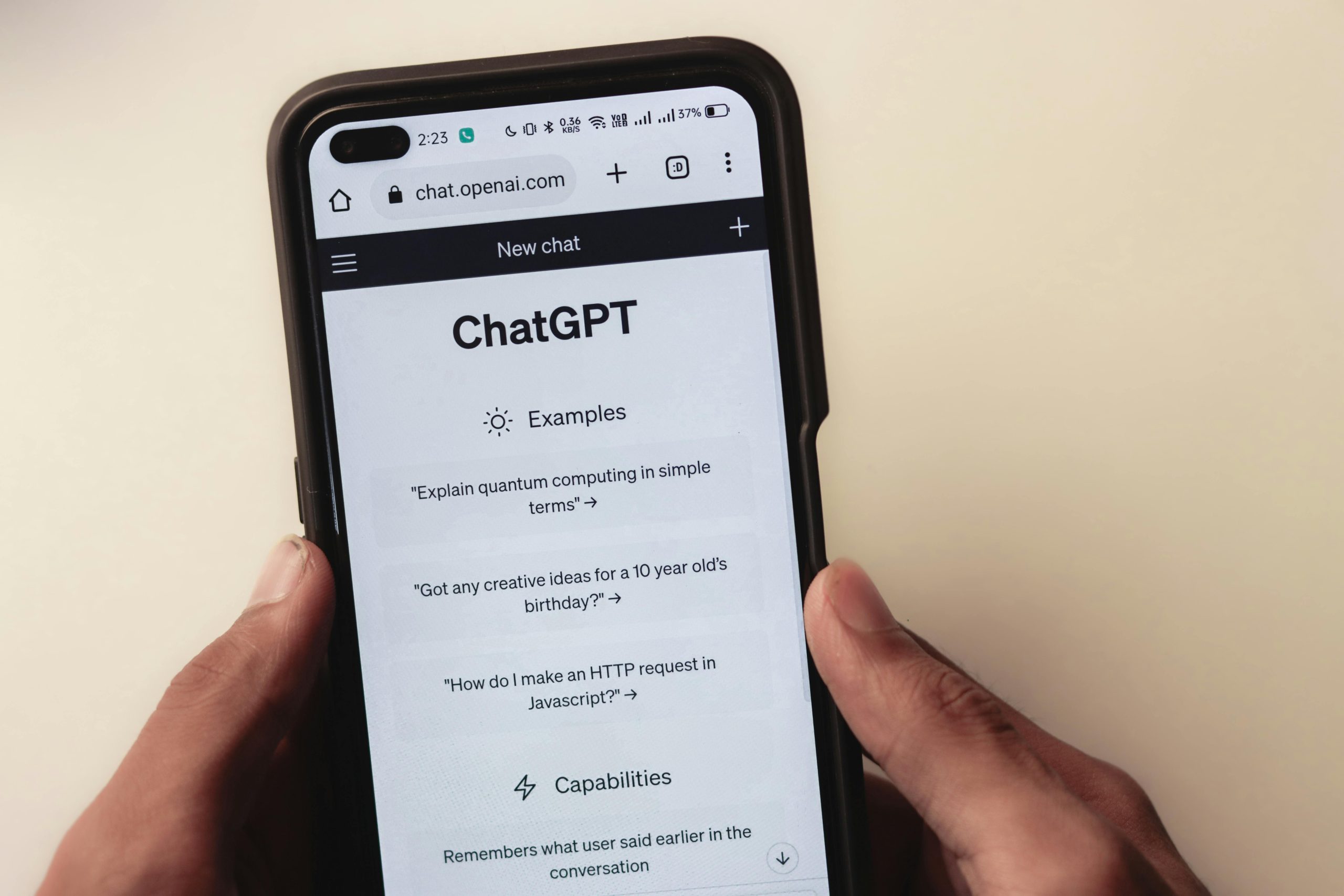Exploring the “logit_bias” Parameter in the API: How I Reduced Em Dashes and Suppressed 106 Tokens – Insights and Code for a “Dash-Free” Response Test
Overcoming Em Dashes in Language Models: A Practical Approach Using Logit Biasing
In the realm of AI-generated content, controlling punctuation, particularly em dashes, can be surprisingly challenging. Many users have encountered persistent issues with language models repeatedly inserting em dashes despite numerous custom instructions and prompts. Recently, I explored a novel solution using the OpenAI API’s logit_bias parameter to effectively suppress em dash characters and their variants.
The Challenge
Typing or instructing models to avoid em dashes often results in the models stubbornly including them, which can hinder content consistency or stylistic preferences. Multiple attempts—such as explicit instructions, memory overrides, or contextual hints—sometimes fall short.
A Data-Driven Solution
I remembered that the logit_bias parameter allows us to assign biases to specific tokens. The range is from -100 (strongly discouraged) to +100 (strongly encouraged). My goal was to identify the token IDs representing em dashes and related hyphen characters, then heavily bias them against appearing.
Step-by-Step Methodology
-
Identify Token IDs: Using tokenizer tools, I mapped out tokens corresponding to:
- The em dash (
—) - En dash (
–) - Hyphen (
-)
- The em dash (
-
Incremental Suppression: Starting with a bias of -100 for the straight em dash token, I observed ongoing emission of dashes. Gradually, I expanded biases to include tokens representing:
- Variations of the em dash with surrounding spaces (
—,—) - Tokens that involve characters touching or combining with the dash
- En dashes and hyphens used in similar contexts
- Variations of the em dash with surrounding spaces (
-
Mass Suppression: After applying biases to 106 tokens—covering all variants, including hyphen usages in different contexts—the model almost entirely avoided producing em dashes and similar characters.
Results and Observations
- Early on, the models would generate the dash in one of a few token variants, but after biasing over 100 tokens, the preferred responses lacked em dashes altogether.
- Interestingly, some models, especially less advanced ones, responded better with this approach, effectively “beating” the default behavior.
Sample Testing
To illustrate, I compared responses from ChatGPT models to prompts asking for provocative takes on various topics. Responses with minimal bias often contained em dashes, whereas heavily biased models produced cleaner, dash-free content.








Post Comment